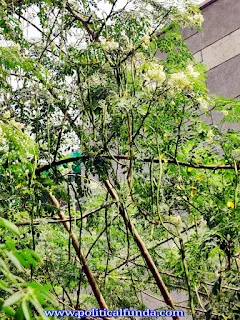Moringa(Drumstick)
Discription, Nutrition facts & Uses
What is Moringa (Drumstick)?
Moringa
(Drumstick) is the only genus in the Moringaceae flowering plant family, and it
is native to parts of Africa and Asia. The name comes from the Tamil word Murungai,
which means drumstick, and the plant is also known as the drumstick tree. It comprises
13 tropical and subtropical species ranging in size from tiny herbs to large
trees from tropical and subtropical climates. Moringa grow quickly in almost all types of
environments.
Moringa oleifera, a multipurpose tree
cultivated throughout the tropics and marketed as a dietary supplement, health
food, or source for herbalism practises, is the most widely cultivated species.
It is native to the foothills of the Himalayas in northwestern India and is a
multipurpose tree cultivated throughout the tropics and marketed as a dietary
supplement, health food, or source for herbalism practices. Moringa oleifera
fruit pods (“drumsticks”) are eaten as food in many parts of the world, but
particularly in South Asia.
(adsbygoogle = window.adsbygoogle || []).push({});










0 Comments